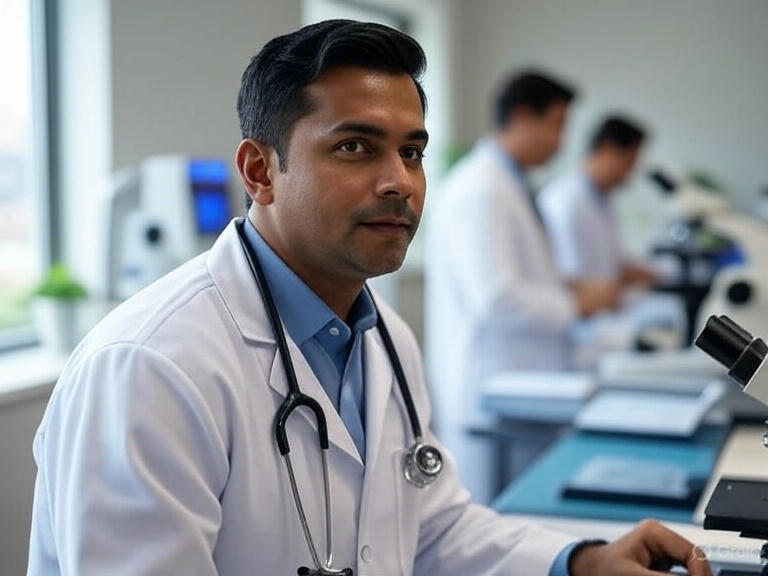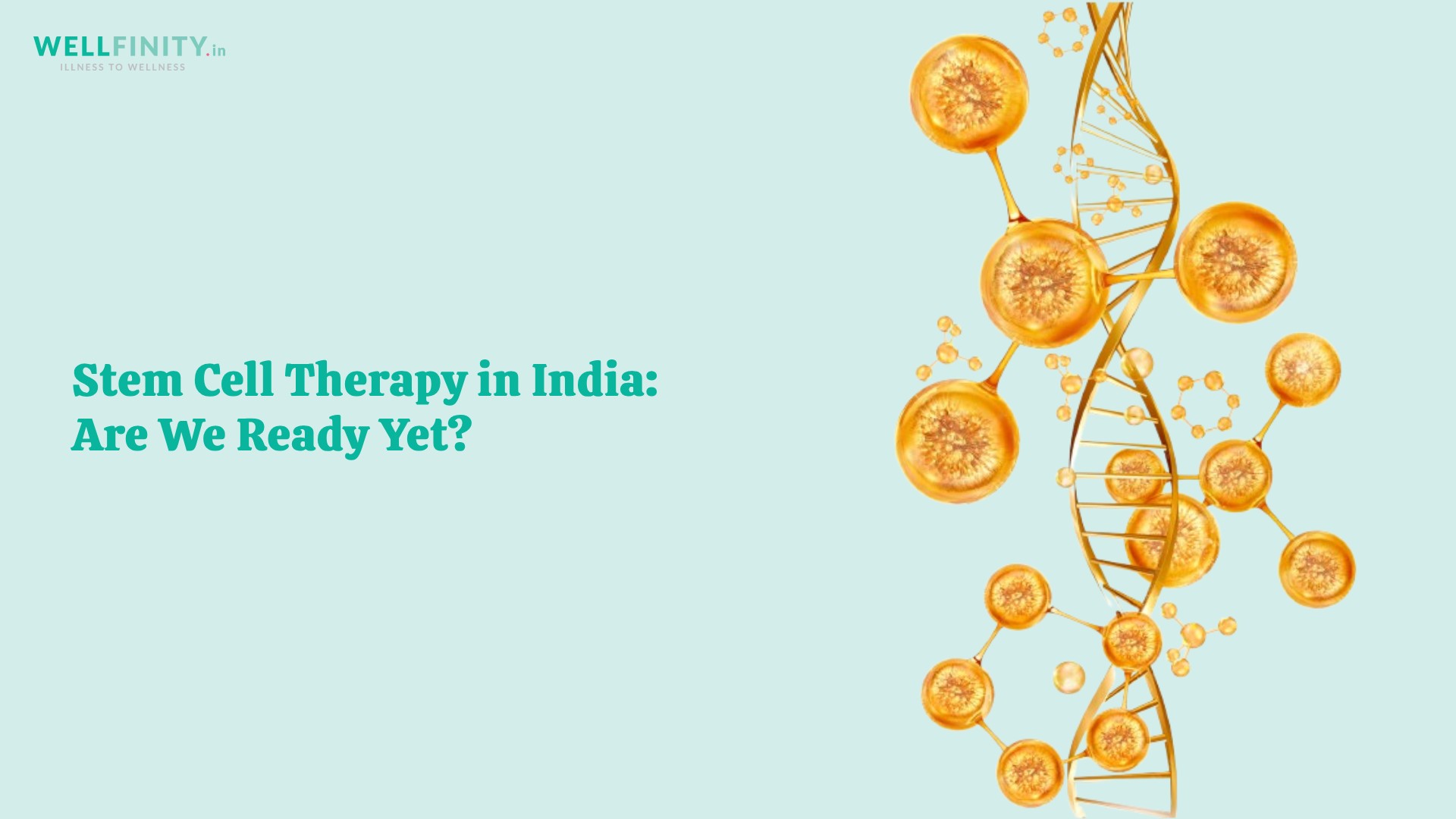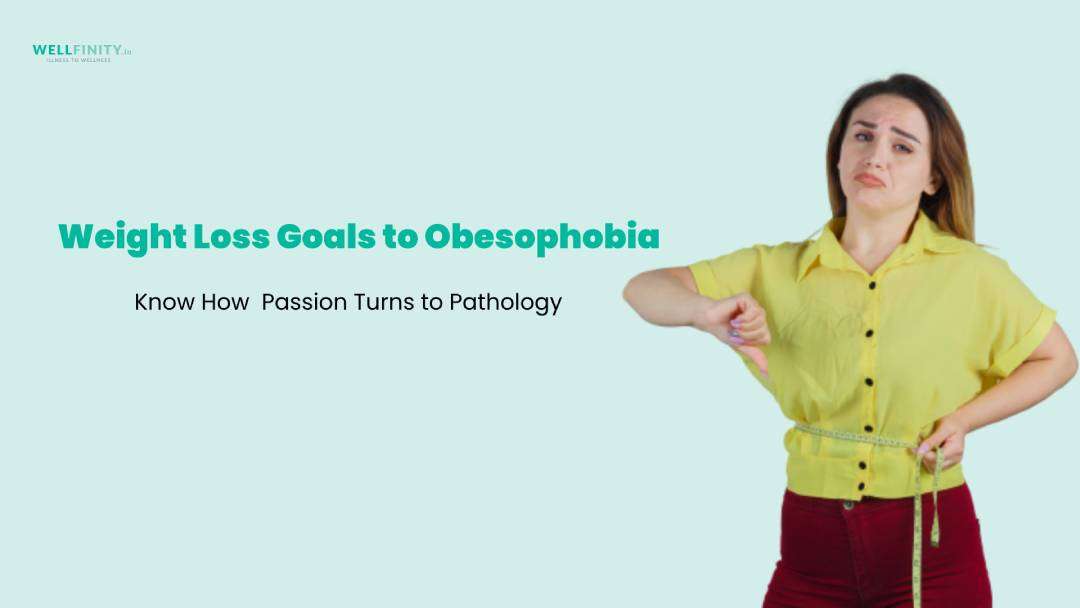Chronic pain, autoimmune disorders, neurodegeneration, and signs of early aging are reaching epidemic proportions in India. While conventional care often focuses on symptom suppression through steroids or surgeries, regenerative medicine is paving the way for actual healing.
Stem cell therapy is a safe, minimally invasive, and scientifically backed approach to true healing—reversing damage in osteoarthritic knees, diabetic ulcers, aging organs, and even neurodegeneration. With India reporting over 62 million osteoarthritis cases, a sharp rise in autoimmune and metabolic disorders, and over 77 million diabetics, the urgency for regenerative alternatives has never been greater.
India is rapidly becoming a global leader in stem-cell therapy, driven by advanced labs, DCGI oversight, and cost-effective yet world-class care. Clinics like Wellfinity are pioneering integrated regenerative care, combining stem-cell therapy with functional medicine for joint repair, autoimmune reversal, metabolic restoration, and even anti-aging and longevity optimization.

Stem Cells 101: From Bench to Body
Stem cells are undifferentiated cells with the remarkable ability to self-renew and transform into other specialized cells. Their power lies in regeneration, not just replacement. In clinical therapy, Mesenchymal Stem Cells (MSCs) are the most common, used for their regenerative, anti-inflammatory, and immune-modulating properties (NIH).
Different types of stem cells in clinical use include:
- Mesenchymal Stem Cells (MSCs): These adult stem cells are commonly derived from bone marrow, adipose tissue, or umbilical cord tissue. MSCs are valued for their ability to differentiate into bone, cartilage, and muscle cells, and because they pose fewer ethical concerns compared to embryonic stem cells.
- Embryonic Stem Cells (ESCs): These pluripotent cells can give rise to nearly any cell type in the human body. While powerful, their use remains controversial due to ethical concerns surrounding the destruction of embryos during extraction.
- Induced Pluripotent Stem Cells (iPSCs): These are mature adult cells—typically skin or blood cells—reprogrammed back into a pluripotent state, offering similar flexibility to ESCs without the associated ethical challenges
Stem cell applications often rely on homing and paracrine signaling—where injected cells secrete bioactive molecules that promote repair rather than directly replacing damaged tissue (ScienceDirect). These signals:
- Reduce inflammation
- Stimulate tissue regeneration
- Regulate immune function
- Anti-aging and longevity
Is It Allowed? Understanding India’s Stem Cell Regulations
India’s stem cell ecosystem is guided by the Indian Council of Medical Research (ICMR) and Drug Controller General of India (DCGI). Hematopoietic stem cell transplants for cancers and inherited blood disorders are fully approved. Meanwhile, mesenchymal stem cell therapies for joint degeneration, autoimmune conditions, non-healing wounds, and anti-aging protocols are categorized as investigational, but are permitted under medical supervision.
To maintain safety and efficacy, treatment providers must follow specific protocols. This includes using GMP-certified lab processes, obtaining informed consent, and providing long-term follow-up and safety monitoring. These frameworks were outlined in the 2017 ICMR Guidelines, which are currently under revision to accommodate the latest advances in stem cell science.
What a Stem Cell Procedure Looks Like at Wellfinity
At Wellfinity, every stem cell procedure is grounded in a root-cause-based integrative functional medicine approach. The journey begins with comprehensive diagnostics, including lab panels, and nutritional and metabolic assessments. Depending on the individual’s case, stem cells currently are administered from a donor-derived umbilical cord (allogeneic source).
Once collected, the stem cells undergo rigorous lab processing—using flow cytometry for quality control, sterility testing, and pathogen screening. They are then delivered via intravenous infusion for systemic healing. In addition to stem cells, protocols often include healing peptides like BPC-157, exosomes for cell signaling, and detoxification programs for the liver and gut. These adjuncts dramatically improve tissue recovery and immune regulation, setting the foundation for long-term success.
From Recovery to Renewal: Success Stories
Patients across India are experiencing transformative results. One 42-year-old male with a complex meniscus tear avoided surgery altogether and resumed running within nine weeks after receiving targeted MSC therapy. Another patient with autoimmune arthritis—who had been on steroids for over eight years—was able to taper off all medications following a combined MSC and gut-healing protocol. A post-heart attack patient treated with a blend of MSCs and exosomes saw a 12% increase in ejection fraction over six months. These stories are echoed across clinics in Mexico, the U.S., and Europe, where they report similar success across a range of chronic illnesses.
What the Data Says: Indian Clinical Evidence
Indian data is catching up with global enthusiasm. A 2022 study at AIIMS on patients with osteoarthritic knees reported more than a 50% reduction in pain scores within six months. The Manipal Cardiac MSC Pilot showed a 10% improvement in heart function following therapy. In Chennai, a registry tracking diabetic foot ulcer patients revealed that stem cell treatment cut healing times in half compared to standard care. These results are supported by international findings as seen in peer-reviewed platforms like PubMed.
The Umbilical Advantage: Why Allogeneic Stem Cells Lead the Pack
Among stem cell sources, umbilical cord-derived stem cells are emerging as the gold standard. These cells are young, potent, and immunologically naive, meaning they’re less likely to trigger rejection. Unlike adult stem cells from bone marrow or fat, umbilical stem cells have stronger regenerative capacity and secrete higher concentrations of growth factors. They’re also easier to screen, store, and administer consistently—especially beneficial for patients with chronic disease, compromised immunity, or advanced age. A growing body of NIH supported research supports the superior immune modulation and tissue repair capabilities of UC-MSCs.
Performance & Prevention: Why Athletes and Longevity Seekers Trust Stem Cells
Professional athletes around the world—across sports like football, tennis, and track—are increasingly turning to stem cell therapy to accelerate recovery, avoid surgeries, and extend their careers. Instead of relying on corticosteroids or joint replacements, athletes benefit from targeted stem cells injections to repair ligament tears, reduce inflammation, and regenerate cartilage naturally. High-profile cases, including athletes treated with stem cells in the U.S. and Europe, have shown faster healing times and improved performance outcomes without long-term side effects.
Top athletes like Rafael Nadal, Tiger Woods, and Kobe Bryant have used regenerative therapies like PRP and stem cells to recover from chronic injuries. Nadal’s back treatment in 2018 boosted his 2019 performance, Woods used them for knee and spine rehab, and Bryant’s Orthokine therapy helped extend his career.
Beyond injury recovery, stem cells are being widely used in the field of anti-aging and longevity. Individuals with no specific disease are using regenerative protocols to slow cellular aging, improve mitochondrial function, and reduce low-grade inflammation—hallmarks of aging. With supportive therapies like exosomes and peptides, stem-cell infusions are helping optimize energy levels, cognitive performance, skin texture, and organ vitality. It’s no longer just about treating illness—it’s about preserving function, extending healthspan, and aging with resilience.
Choosing a Safe and Effective Clinic: What to Look For

Not all clinics are created equal. To ensure safety and effectiveness, patients should look for centers with DCGI-registered clinicians and GMP-certified lab partnerships.
The clinic should also offer long-term follow-up, personalized care plans, transparent pricing, and integration with nutritional, detox, and peptide protocols. Most importantly, stem cell therapy should be viewed as one of several supportive therapies—it is not a silver bullet. True healing happens when stem cells are integrated into a larger framework of root-cause diagnostics, nutritional optimization, and system-wide healing. Wellfinity’s commitment to these standards makes it one of India’s most advanced regenerative online clinics.
What’s Next: Future of Regenerative Medicine
The field is evolving fast. India is preparing for its first clinical trials using iPSC-derived cartilage for joint regeneration by 2026. Gene-edited MSCs are being explored for autoimmune conditions and rare genetic disorders. New combination therapies involving stem cells, exosomes, and peptides are being developed to target aging at the cellular level. Simultaneously, a national biobank and registry is being planned to track long-term outcomes and personalize future therapies.
FAQ
Is it legal? Yes, under clinical oversight by ICMR/DCGI.
What conditions are treated? Osteoarthritis, autoimmune disorders, neurodegeneration, diabetes complications, organ aging, longevity.
Is it painful? Minimally—most procedures are outpatient and well tolerated.
Are results permanent? Depends on lifestyle and condition. Results often last 6–36 months.
Is it vegetarian/ethical? Umbilical MSCs are ethically sourced from donor birth tissue.
Is it covered by insurance? Currently, most plans in India do not cover stem cell therapy.
A Regenerative Future, Today
Stem cell therapy is no longer futuristic—it’s here, now. Whether you’re dealing with a torn meniscus, an autoimmune flare-up, or early aging, stem cells offer deep repair, not just symptom relief.
From joint degeneration to cardiac failure, stem cell therapy is rewriting the rules of healing. Its potential goes far beyond temporary relief—offering true repair and functional restoration.
Wellfinity leads the way—combining stem-cell science, functional medicine, and patient-centered care for long-term health restoration and regeneration.
Ready to explore if you’re a candidate? Book a free discovery call with Wellfinity’s regenerative team today.



